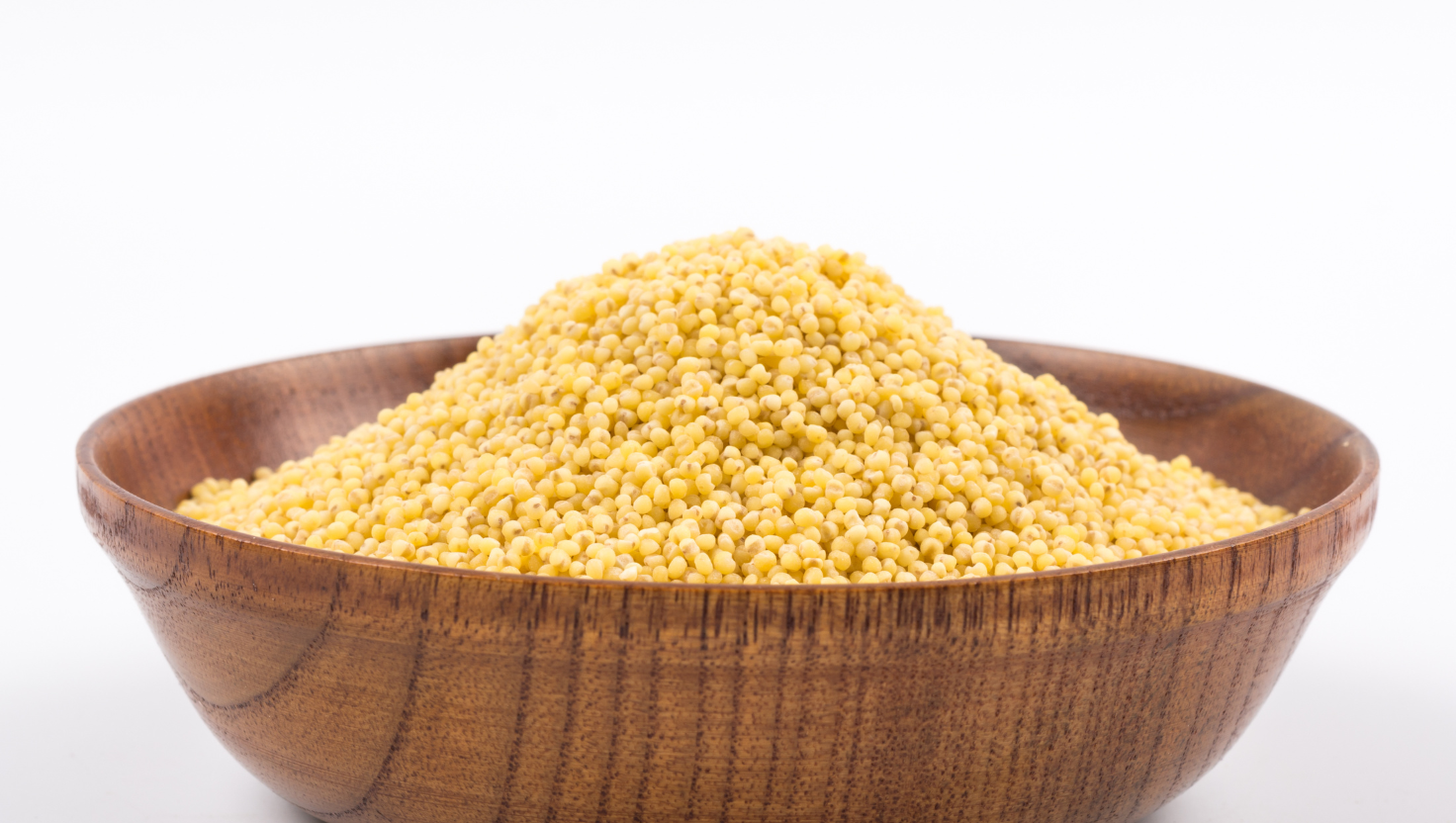As a renowned doctor specializing in nutrition, I’ve long advocated for foods that deliver maximum health impact. One ancient, gluten-free grain I recommend is millet. In this post, I’ll explain the benefits of eating millet, its nutrition profile, and tips to add this whole grain to your diet.
What Is Millet?
Millet is an ancient cereal grain cultivated for thousands of years. Often called a “super grain,” millet is naturally gluten-free, ideal for people with celiac disease or gluten sensitivity. When you search “benefits of millet” or “health benefits of eating millet,” you’ll find this small seed offers big advantages.
High Fiber for Digestive Health
One of the benefits of eating millet is its high fiber content. A cooked cup of millet provides about two grams of dietary fiber, supporting digestive health and regular bowel movements. The soluble fiber in millet can help lower cholesterol, promoting heart health. For patients concerned about blood sugar control, millet’s fiber slows carbohydrate absorption, reducing diabetes risk.
Plant-Based Protein Source
Millet offers about six grams of plant-based protein per cooked cup, making it an excellent protein option for vegetarians and vegans. When combined with legumes or nuts, millet forms a complete amino acid profile. This protein supports muscle maintenance and overall metabolic health.
Rich in Essential Vitamins and Minerals
Millet contains magnesium, phosphorus, manganese, and B vitamins like niacin and folate. Magnesium supports heart health by regulating blood pressure, while manganese aids antioxidant defenses. Folate and niacin are essential for energy metabolism and cognitive health.
Antioxidants for Chronic Disease Prevention
Millet is rich in antioxidants, including phenolic acids and flavonoids, which help combat oxidative stress. These antioxidants may lower the risk of heart disease and certain cancers. In clinical practice, I see patients who consume whole grains like millet often have better health markers, including improved lipid profiles and weight management.
Versatile and Easy to Prepare
Millet’s versatility makes it one of the most appealing whole grains. You can cook millet as a hot breakfast cereal, substitute it for rice in pilafs, or use millet flour for gluten-free baking. Its mildly nutty flavor pairs well with vegetables, lean proteins, and spices. Cooking millet in advance and storing it chilled makes meal planning simple.
Simple Recipe Ideas
- Millet Porridge: Simmer millet with almond milk, cinnamon, and fresh berries for a warm, nutrient-dense breakfast.
- Millet Salad: Mix cooked millet with roasted vegetables, chickpeas, olive oil, and a splash of lemon juice for a hearty lunch.
- Millet Pancakes/Flatbreads: Use millet flour with a pinch of baking soda to make gluten-free pancakes or savory flatbreads.
Conclusion
Incorporating millet into your weekly meal plan can provide significant health benefits: improved digestive health, stable blood sugar control, heart support, and antioxidant protection. As a doctor, I encourage you to explore millet nutrition and add this versatile, gluten-free whole grain to your diet for better long-term wellness. Start by swapping rice or pasta for millet once a week and notice the difference in energy and digestion.


